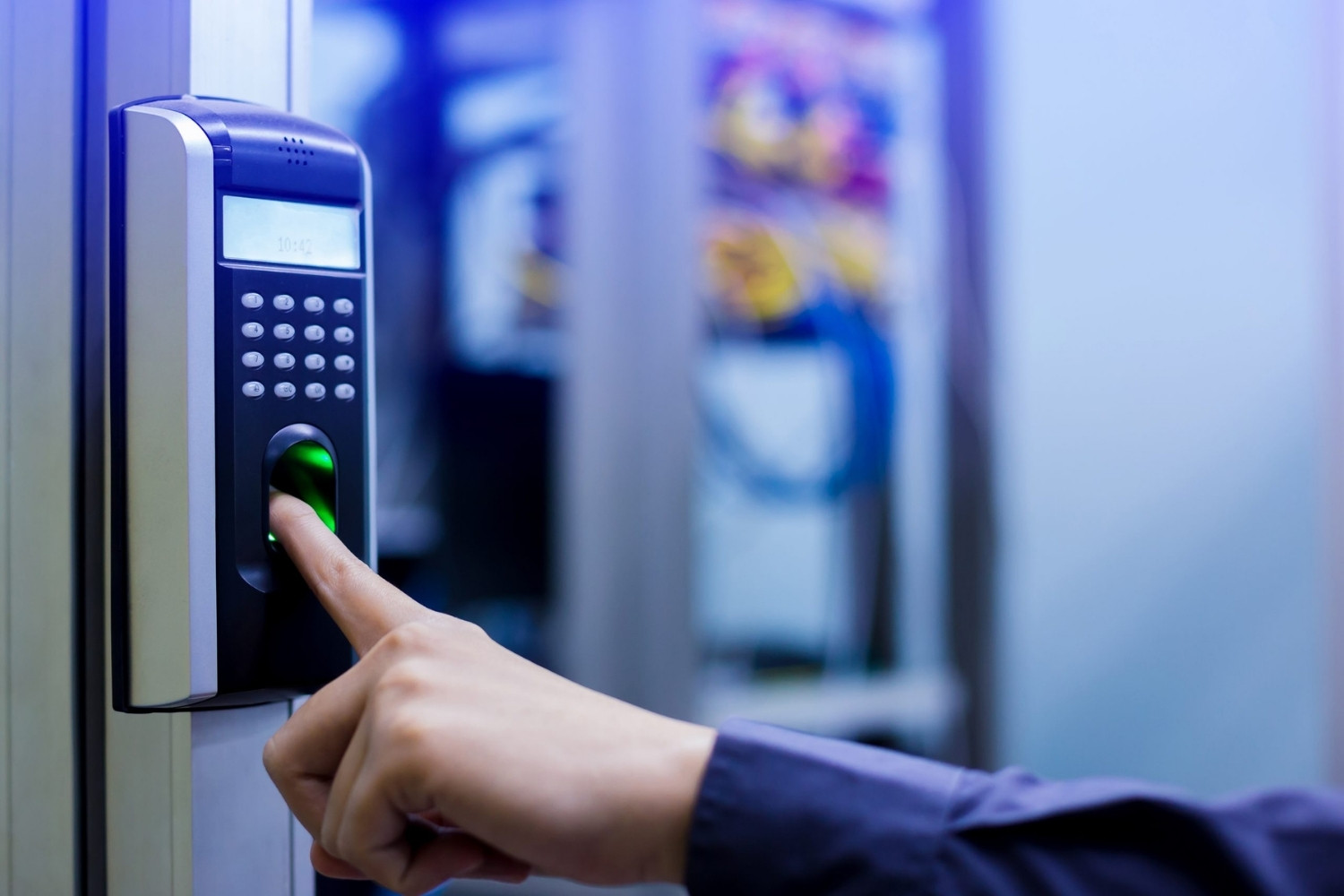
Biometric access control is changing how we secure our spaces. Ever wondered how your fingerprint or face can unlock doors? Biometric systems use unique physical traits like fingerprints, facial features, or even voice patterns to grant access. Unlike traditional keys or passwords, these systems offer enhanced security since it's tough to duplicate someone's unique traits. From smartphones to high-security buildings, biometric access control is everywhere. But how does it work? What makes it so reliable? And what are the potential drawbacks? Let's dive into 33 fascinating facts about biometric access control to understand why it's becoming the go-to security solution.
What is Biometric Access Control?
Biometric access control uses unique biological traits to verify identity. This technology is becoming more common in various sectors due to its security benefits and convenience.
-
Fingerprint Scanning: One of the most popular forms of biometric access control. It captures the unique patterns of ridges and valleys on a person's finger.
-
Facial Recognition: Uses algorithms to analyze facial features. It can identify individuals even in a crowd.
-
Iris Scanning: Measures the unique patterns in the colored part of the eye. Known for its high accuracy.
-
Voice Recognition: Analyzes vocal characteristics. Useful for phone-based authentication.
-
Hand Geometry: Measures the shape and size of the hand. Less common but still used in some security systems.
How Biometric Access Control Works
Understanding the mechanics behind biometric access control helps appreciate its effectiveness. Here’s a look at the process.
-
Data Capture: The system captures a biometric sample, like a fingerprint or facial image.
-
Template Creation: Converts the sample into a digital template. This template is stored in a database.
-
Comparison: When access is requested, the system captures a new sample and compares it to the stored template.
-
Matching: If the new sample matches the stored template, access is granted. If not, access is denied.
-
Encryption: Biometric data is often encrypted to protect it from unauthorized access.
Benefits of Biometric Access Control
Biometric access control offers several advantages over traditional methods like passwords or keycards.
-
Enhanced Security: Biological traits are hard to fake or steal, making biometric systems more secure.
-
Convenience: No need to remember passwords or carry keys. Just use your fingerprint or face.
-
Speed: Biometric systems can quickly verify identity, reducing wait times.
-
Accountability: Logs every access attempt, making it easier to track who accessed what and when.
-
Scalability: Can be used in small offices or large enterprises with equal effectiveness.
Challenges and Limitations
Despite its benefits, biometric access control has some challenges and limitations.
-
Privacy Concerns: Collecting and storing biometric data raises privacy issues.
-
Cost: Initial setup and maintenance can be expensive.
-
False Positives/Negatives: No system is perfect. Sometimes, the system may incorrectly grant or deny access.
-
Environmental Factors: Dirt, lighting, and other environmental factors can affect accuracy.
-
Data Breaches: If biometric data is stolen, it can’t be changed like a password.
Applications of Biometric Access Control
Biometric access control is used in various fields, from personal devices to large-scale security systems.
-
Smartphones: Many smartphones use fingerprint or facial recognition for unlocking.
-
Airports: Used for passenger identification and security checks.
-
Banks: Enhances security for ATMs and online banking.
-
Workplaces: Controls access to buildings and sensitive areas.
-
Healthcare: Ensures that only authorized personnel can access medical records.
Future of Biometric Access Control
The future looks promising with advancements in technology and increasing adoption.
-
AI Integration: Artificial intelligence will make biometric systems more accurate and efficient.
-
Multi-Modal Systems: Combining multiple biometric methods for higher security.
-
Wearable Devices: Smartwatches and other wearables may soon feature biometric authentication.
-
Remote Authentication: Biometric systems will enable secure remote access for telecommuting.
-
Blockchain: Could be used to securely store and manage biometric data.
Fun Facts About Biometric Access Control
Here are some interesting tidbits that you might not know about biometric access control.
-
Old Technology: The concept dates back to ancient Egypt, where workers were identified by their physical traits.
-
Hollywood Influence: Movies like "Minority Report" have popularized the idea of biometric security.
-
Unique Traits: Even identical twins have different fingerprints, making biometric access control highly reliable.
The Future of Biometric Access Control
Biometric access control is changing how we secure our spaces. From fingerprint scanners to facial recognition, these systems offer a blend of convenience and security. They reduce the risk of unauthorized access and make it easier for authorized individuals to enter restricted areas. As technology advances, expect even more sophisticated methods like iris and voice recognition to become mainstream.
Businesses and homes alike are adopting these systems for their reliability and ease of use. No more worrying about lost keys or forgotten passwords. With biometrics, your unique physical traits are your key.
However, it's crucial to stay updated on privacy concerns and ensure data is protected. As we move forward, biometric access control will likely become a standard in security, making our lives safer and more efficient. Keep an eye on this evolving technology; it’s here to stay.
Was this page helpful?
Our commitment to delivering trustworthy and engaging content is at the heart of what we do. Each fact on our site is contributed by real users like you, bringing a wealth of diverse insights and information. To ensure the highest standards of accuracy and reliability, our dedicated editors meticulously review each submission. This process guarantees that the facts we share are not only fascinating but also credible. Trust in our commitment to quality and authenticity as you explore and learn with us.
